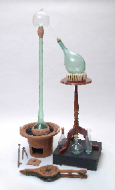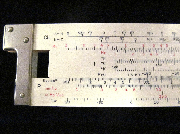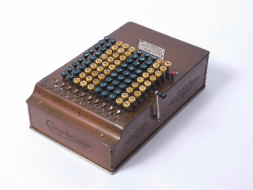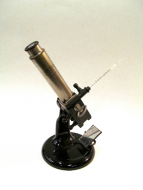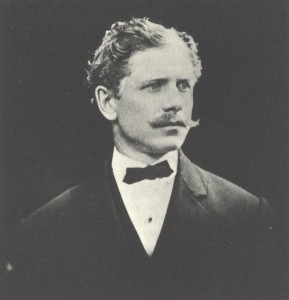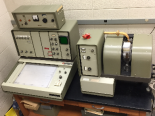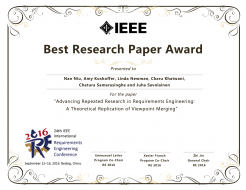The University of Cincinnati Libraries is seeking a Digital Lab Manager (a 3-year renewable position). The successful candidate will direct the operations of a digital lab in a university research library, including digitizing rare books, manuscripts and special collections, managing digitization projects and workflows, maintaining equipment and software, providing quality control, and supervising student assistants. This is an exciting opportunity to join a dynamic and diverse organization in a great university, great city, with high potential for interesting technical work.
Evaluation of candidates begins on September 21, 2017. The University of Cincinnati is an EE/AA employer. For more information and application instructions see: https://jobs.uc.edu/job/Cincinnati-Digital-Lab-Manager-OH-45201/425512200/.

